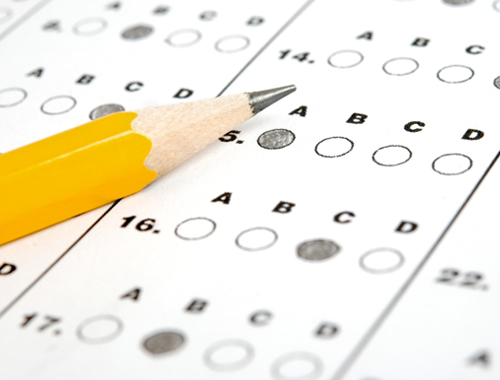Chapter 12. Motivation or Achievement?: A Look at Various Nations’ PISA Scores
12.1 Synopsis
Welcome
Motivation or Achievement?: A Look at Various Nations’ PISA Scores
This activity demonstrates with an interactive map how U.S. students’ PISA (Programme of International Student Assessment) scores compare to those of other nations.
Click the 'Get Started' button below to start this activity

12.2 Motivation or Achievement?: A Look at Various Nations’ PISA Scores
Programme of International Student Assessment (PISA)
The OECD’s Programme of International Student Assessment (PISA) is an international test of reading, mathematics, and science. Administered to 15-year-olds every three years, the PISA is designed to gauge how well students around the world have mastered these key subjects during their schooling thus far. Notice the high scores of Chinese students compared to the relatively low scores of U.S. students. Experts believe that students in the United States are not strongly motivated to learn—so they don’t.
CLICK ON EACH COUNTRY TO SEE ITS PISA SCORES AND RANKING FOR MATH, READING, AND SCIENCE.

12.3 Motivation or Achievement?: A Look at Various Nations’ PISA Scores
PISA (Programme of International Student Assessment)

Question 12.1 Variations in PISA Scores
T25lIknA4WX1Whrzr0YPyMAxJkfKe1BV1IyvV52QngRxszbMiM+nenyQmfM6hR5lh1Xv9yzyQGaCg23dVFE842sYH82VbQSDbxoOBpup69D5aKMgyzqHvnvGlrLAxA2f5cZgs6ukQyPLkc2s4vThpFMhX/guqBkPUs/pKEIbIvLWPYNfYMLf9z6TLKWR+q6NBuYZJoIcRPB+LMX7m3u4L9Y0oWtg5dsneJHmYKMoSN+KcPHBpwtgGWoJppgIKmZ7InShrpZ0q23SzYT3aK0HEFhY/MM+lZd2vH1FWXZZNwLz72DKNmejl9b+ic6WjCb5mLU6WDFgXK39A8V36ol3alcvge3E02Qro5Q3Fynr0rK2JhOCAntCHMuYQQcJVPSK1TdWuPb41HUy2ABRX8nD1rlUXs+sq0SBgNIVXs4S2xAL/HN1UPvTQspbSBXUq3W/12.4 Activity Completed!
Congratulations! You have completed this activity.
REFERENCES
PISA. (2016). PISA 2015: Results in focus.. Paris, France: OECD.